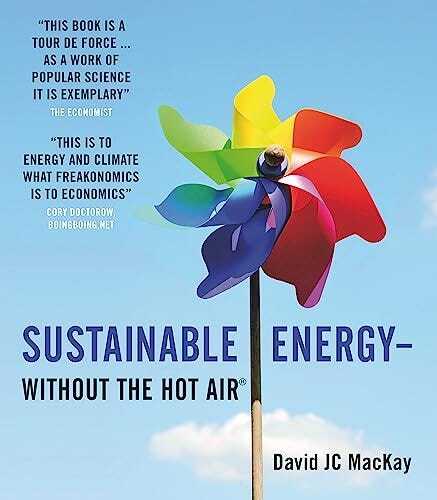- cross-posted to:
- hackernews@lemmy.smeargle.fans
- hackernews@derp.foo
cross-posted from: https://derp.foo/post/374476
Wind conclusions:
The authors give three reasons for their discrepancy with MacKay’s estimates.
Improved fixed turbine technologies. MacKay described all waters deeper than 30 metres as “not economically feasible”. But fixed turbines could soon be commercially feasible to around 80 metres of depth.
Floating offshore turbines. The advent of floating turbines means that these can extend into much deeper waters. Note that O’Callaghan et al. (2023) already account for many other competing uses such as fishing areas, military zones, shipping routes, and low-wind areas.
Improved social and political support. O’Callaghan et al. (2023) assume there is less public resistance to offshore wind, which seems appropriate.
Solar conclusions:
What are the major differences to MacKay?
Lower cost: the price of solar PV has fallen by 90% in the last decade. MacKay’s main concern was it was too expensive: this is not the case today.
Improved cell efficiency: MacKay used a cell efficiency of 10%, and thought an efficiency of 30% would be “quite remarkable”. Last year, Fraunhofer ISE achieved 47.6%. Efficiencies greater than 30% have also been achieved using perovskite solar cells. O’Callaghan uses a cell efficiency of 25%. See the footnote for a chart showing the differences in efficiency over time.7
Combined use with agriculture: MacKay assumed an inherent trade-off between agricultural land and solar. He thought the Brits would never give up farmland for solar panels. But this trade-off does not always exist: there are now a range of projects where solar and agriculture work in tandem (‘agrivoltaics’).



Really interesting and well detailed article. Not a short read, but stuff like this shouldn’t be :)
And it has graphs, lots of graphs.